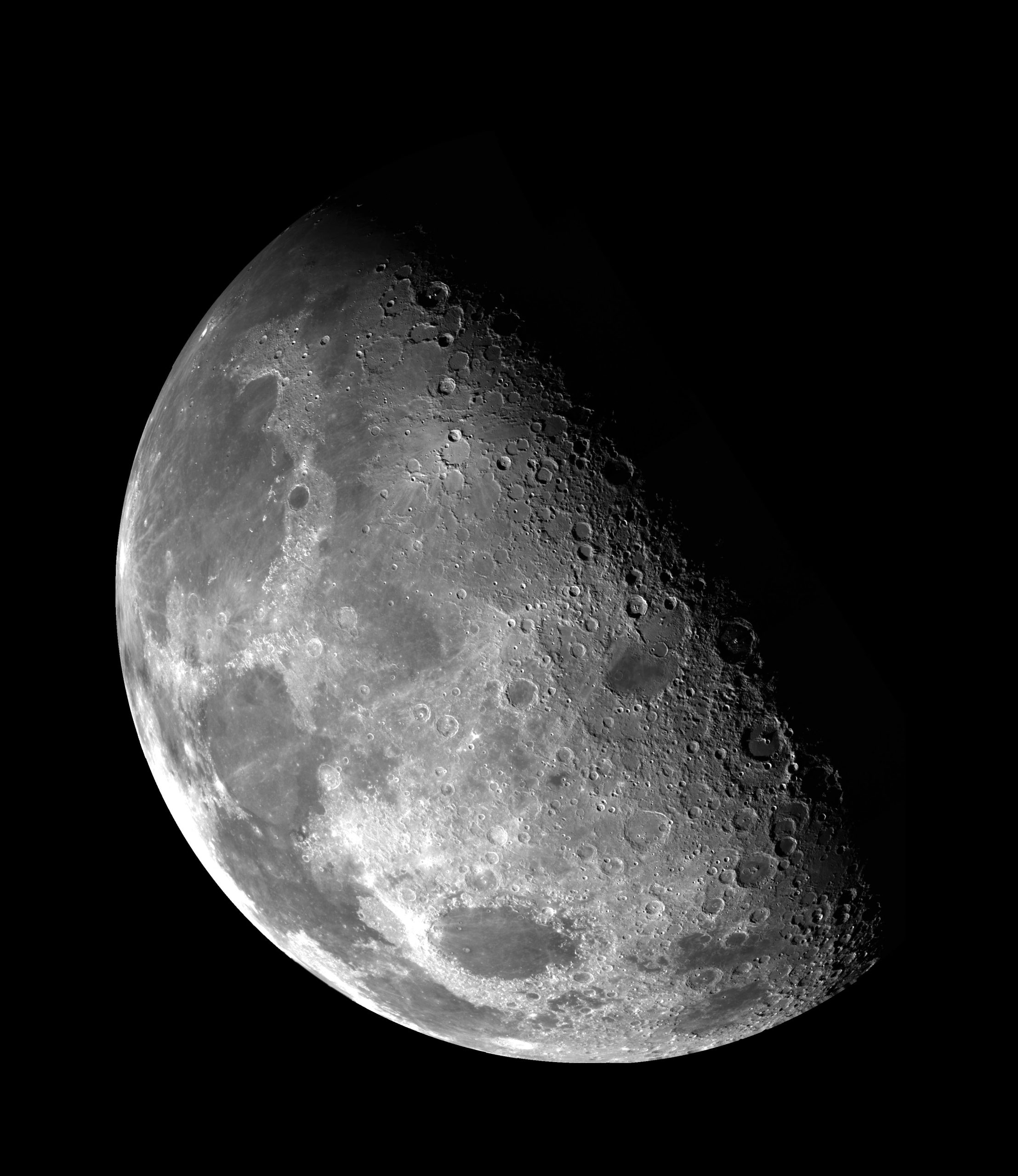Exploring the Khaita Dance in Bön Tradition
Within the expansive realm of spiritual practices and traditions, there exist hidden gems that hold immense beauty and significance. Among these lesser-known traditions is the Bön tradition, an ancient spiritual path indigenous to Tibet. Bön encompasses various practices, rituals, and teachings that reflect the wisdom and spirituality of the ancient Tibetan culture. One fascinating aspect of the Bön tradition is the Khaita Dance, a unique form of sacred movement that weaves together art, spirituality, and culture. In this article, we delve into the intricacies of the Khaita Dance, exploring its history, symbolism, and significance within the Bön tradition.
The Origins of the Bön Tradition
The Bön tradition predates Buddhism in Tibet and has its roots in the shamanic practices of the ancient Zhang Zhung civilization. Its origins can be traced back over four thousand years, making it one of the oldest spiritual traditions in the world. Bön encompasses a rich tapestry of teachings, rituals, and practices that revolve around the principles of compassion, wisdom, and harmony with nature.
Introduction to the Khaita Dance
The Khaita Dance, also known as ‘Harmony in Space,’ is a distinctive form of sacred movement within the Bön tradition. It combines traditional Tibetan folk dances, meditative movements, and the profound spiritual teachings of Bön. The word ‘Khaita’ translates to ‘space’ or ‘sky’ in Tibetan, indicating the dance’s ability to harmonize with the vast expanse of the universe.
The Purpose and Symbolism
At its core, the Khaita Dance aims to promote inner peace, joy, and spiritual transformation. It serves as a way to connect with the higher self, the natural world, and the divine. The dance movements embody the principles of balance, unity, and fluidity, reflecting the harmonious relationship between humanity and the cosmos.
The symbolic significance of the Khaita Dance lies in its portrayal of the Five Elements, which are central to the Bön cosmology. Represented by specific dance movements, the Five Elements—earth, water, fire, air, and space—mirror the elemental forces present within all aspects of existence. Through the dance, participants seek to harmonize their inner energies with the elemental energies, promoting spiritual growth and self-realization.
The Ritual Practice of the Khaita Dance
The Khaita Dance is often performed as part of ceremonial rituals and celebrations within the Bön tradition. These rituals aim to invoke blessings, express gratitude, and bring spiritual harmony to individuals and communities. The dance is accompanied by traditional Tibetan music, including folk instruments such as dranyen (a six-stringed lute) and damaru (a small hand-held drum).
During the dance, participants wear vibrant traditional Tibetan costumes that symbolize their connection to the rich cultural heritage of Tibet. The intricate movements involve graceful gestures, footwork, and circular patterns, which represent the cyclical nature of existence and the interconnectedness of all beings.
Benefits of Practicing the Khaita Dance
The transcendental experience and transformative power of the Khaita Dance offer numerous benefits to practitioners. By engaging in this spiritual practice, individuals can:
- Enhance mindfulness and presence
- Develop physical coordination and grace
- Stimulate energy centers and balance the chakras
- Promote emotional well-being and inner peace
- Cultivate a deeper connection with nature and the cosmos
- Experience the mystical beauty of Tibetan culture
Engaging in the Khaita Dance provides a unique opportunity for personal growth and spiritual exploration. It offers a path to self-discovery, leading individuals towards a harmonious union between body, mind, and spirit.
Preservation and Global Outreach
Over the centuries, the Bön tradition has faced challenges and threats to its survival. However, dedicated practitioners and organizations have made substantial efforts to preserve and promote its unique cultural heritage. One such organization is the Shang Shung Institute, founded by the renowned Tibetan philosopher and author, Chögyal Namkhai Norbu Rinpoche.
The Shang Shung Institute has played a pivotal role in recording and preserving the Khaita Dance, ensuring it is passed down to future generations. Through workshops, events, and international collaborations, the institute has also contributed to the global outreach of the Bön tradition, sharing its wisdom and beauty with people from diverse cultures.
Conclusion
The Khaita Dance stands as a testament to the profound spiritual heritage of the Bön tradition. This exquisite form of sacred movement encapsulates the essence of Tibetan culture, offering a transformative experience to those who embrace it. By immersing ourselves in the mesmerizing dance movements and profound symbolism of the Khaita Dance, we can uncover profound insights and forge a deeper connection with the vast cosmos. The beauty of the Khaita Dance lies not only in its artistry but also in its ability to awaken the divine spark within us, leading us on a transformative journey of self-discovery.
Table of Contents
